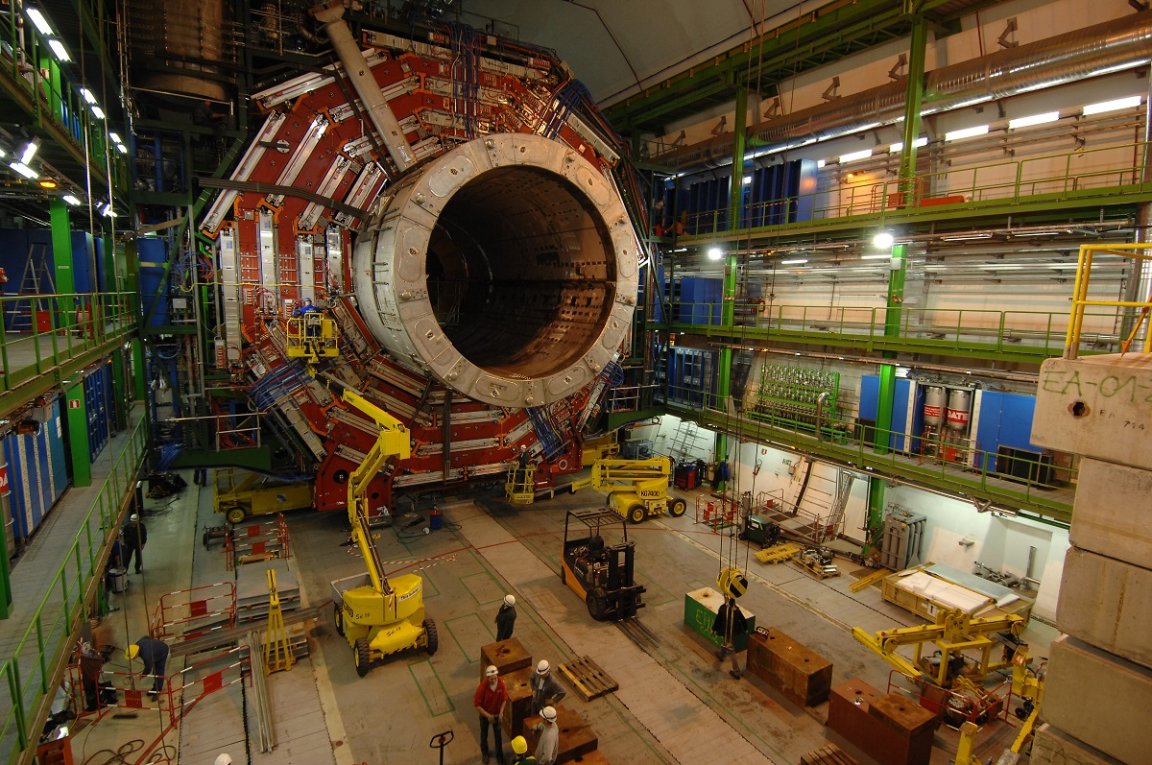
DisCERNing the Trurth
Scientists at CERN, the home of the Large Hadron Collider, have just observed an astoundingly rare phenomenon at the subatomic level that could lead to a new understanding of the standard model of particle physics.
As part of an experiment called NA62, researchers detected and measured an ultra-rare form of decay for a subatomic particle called a kaon. This is one of the rarest interactions in particle physics ever observed: according to the scientists, fewer than one in ten billion kaons decay in this manner.
The standard model predicts this kaon decay, which is called a “golden channel,” with a high degree of precision. As such, observing the phenomenon in action provides a unique opportunity for testing our current understanding of the subatomic world.
“If we measure a deviation from the [standard model], it’s a clear sign of new physics,” Cristina Lazzeroni, a particle physicist at the University of Birmingham who worked on the experiment, told Interesting Engineering.
Pure Kaos
Kaons, also known as K mesons, are made of two quarks. Charged kaons — the subject of the experiment — contain an up quark and an anti-strange quark.
Without getting too far into the weeds, what you need to know is that in the ultra-rare decay the scientists were looking for, charged kaons disintegrate and produce three other particles: a charged particle called a pion, as well as a neutrino and an antimatter neutrino, or anti-neutrino.
To observe this scenario, the researchers used a particle accelerator, CERN’s Super Proton Synchrotron, to blast a high-intensity beam of protons into a stationary target. This ejected secondary particles, including kaons, which were precisely measured by a detector.
And with luck on their side, the researchers caught the kaons in the elusive act: in numbers, the charged kaons underwent the ultra-rare decay about 13 in 100 billion times.
That’s extraordinarily rare. But according to the researchers, this is about 50 percent more frequent than what’s predicted by the standard model — a discrepancy that will need to be reconciled, one way or another.
Precisely the Case
This isn’t necessarily the death knell of the standard model, however. Because of the uncertainty involved, it’s very possible that its predictions are compatible with what was found here.
Even so, this is the most precise detection of its kind to date. Researchers had previously observed the ultra-rare kaon decay, but this is the first time it’s been measured with a significance of five standard deviations, or five sigma, which is the standard for making a discovery in particle physics; depending on the phenomenon involved, it means there’s either just a 0.00003 percent or 0.00006 percent chance that what was observed is a statistical fluke.
“Searching for hints of new physics in this decay requires more data, but this result is a leap forward and further strengthens the strong interest in this line of research,” NA62 physics coordinator Karim Massri said in a statement about the work.
More on hard science: Scientists Suggest Tiny Black Holes Are Regularly Cruising Through Our Star System